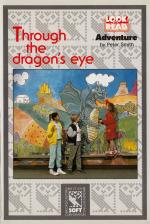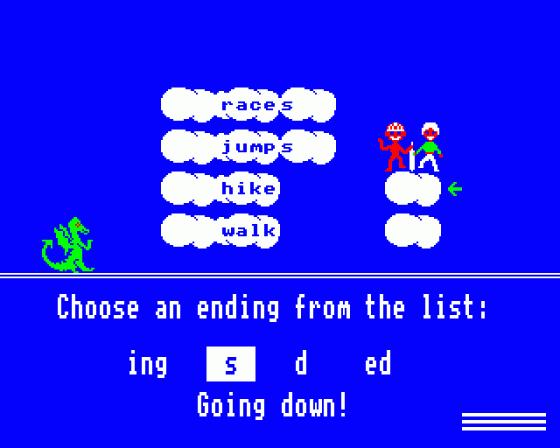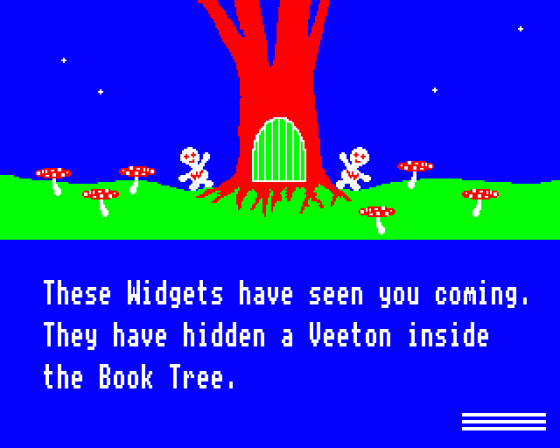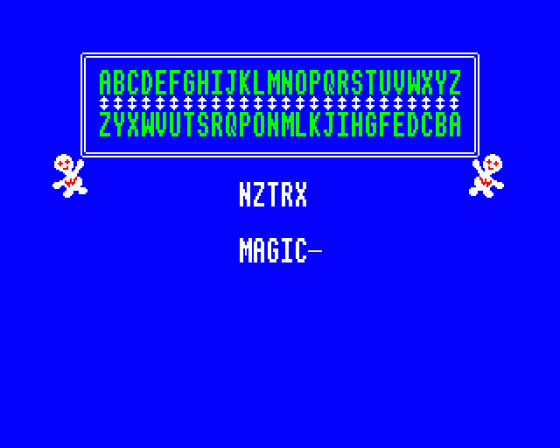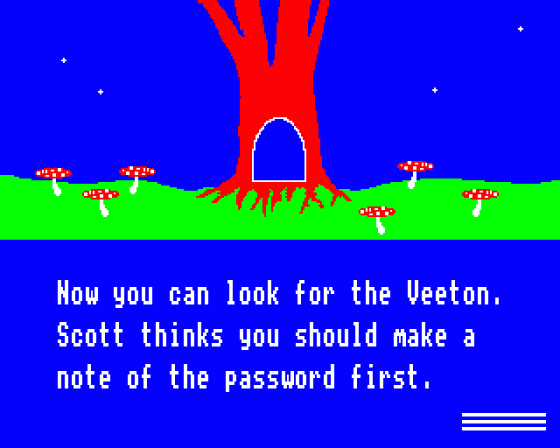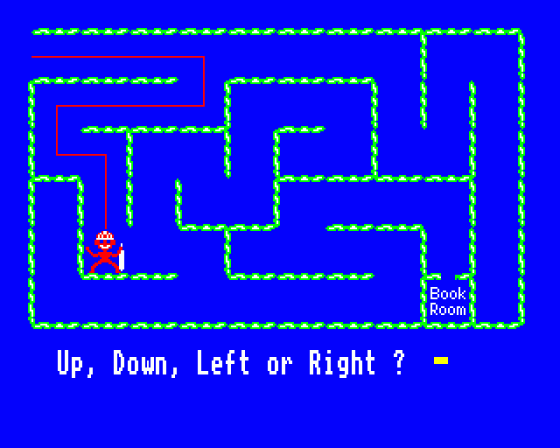
Beebug
 1st December 1989
1st December 1989
Categories: Review: Software
Author: Mark Sealey
Publisher: BBCSoft/BBC Publications
Machine: BBC B/B+/Master 128
Published in Beebug Volume 8 Number 7
Introduction
New educational programs for the BBC are becoming increasingly rare. It is interesting that most of those which are published are of relatively high quality. This month Beebug Education looks at three offerings for younger children all from software stalwarts, all three reviewed run on the BBC Model B, Master and Master Compact, though state 3.5" or 5.25" disc when ordering. All three packages are offered by BBC Soft, P.O. Box 234, Wetherby, West Yorkshire LS23 7EU. Post and packing is an extra £1.50 per order.
There is an interesting comparison to be made between then and now - almost seven years since the first Acorn educational software began to appear. These latest titles have a sophisticated feel to them, employ some of the best graphics of which the 8-bit machine is capable, and assume a maturity in their users in terms of conventions of the screen and progress through the program. This would have been much less likely in the mid 80s, and yet at the end of a turbulent decade for education, in no way detracts for the usability of these products.
Make A Wildlife Garden (£19.95 inc VAT)
This typifies several welcome trends in good educational software. Perhaps chief among them is the sort of thematic approach that means that a high proportion of the supporting material referred to, and contained in the documentation, is concerned with off-computer activity.
This is a well-desgined and presented package released to support the schools radio series Science Naturally for upper Juniors. Formerly known as Looking at Nature, it takes an approach to learning based on acquiring and working with scientific skills and values, rather than the 'absorption' of facts in, and by themselves.
So the pupil is responsible for designing a garden in which not only plants but also wild animals, minibeasts and insects flourish. The main graphic is a rectangular garden, which is viewed from one corner at a height of about two metres. "Features", shrubs, logs, a pond etc. can be added and moved at will.
The software is flexible and previous designs can be loaded and saved. There are - of course - clear instructions for using a data disc, transferring to a network and customising the software to the computer: number and types of disc-drives, colour printer, use of a mouse, etc.
It is assumed that four factors affect the ecology of the garden: habitats themselves, the suitability of plants and animals in "cohabitation", rainfall and sunshine/shade.
These variables can be set and changed easily and graphically by the children, though they will need guidance through this part of the manual as it was obviously not written with their likely reading ability in mind.
Then the mini-simulation is run - with reports optionally sent to printer - for one of three weather conditions and the fun starts. Sun loving plants sited in the shadow of the tree or a woodlouse located too far from its log will fail to flourish. Why?
It is in this interpretation of results that the real value of the package lies. There is a "results table", which can be photocopied and used for each run. So no insects or cherished plants will really die, and the children could end up with a plan for a garden which has both been conceived and fully explored without the heartache of horitcultural disaster or the tedium of having to wait for plants actually to grow and suffer from the pupils' inexperience.
This is one of the best uses of the computer and executed very well in this instance. There is much additional information and source of stimulus in the forty-odd page booklet that comes with it, including ten references for material for the age-group and a list of suppliers of wildlife. Then there is just the right amount of information on plant families - though some illustrations would have been handy. Again it will be necessary for a good reader to work at this with the children.
Lastly, Making A Wildlife Garden will clearly stimulate work away from the computer around such themes as food chains, plant identification and patterns of ecological regeneration and so on. As usual with BBC software, there are lots of suggestions accompanying the package. In conclusion, this new arrival does everything that it sets out to do in a user-friendly manner, with non-intrusive sound effects and just the right blend of suggested work off the keyboard with child-centred decision making and interpretation at it. To be recommended.
Through The Dragon's Eye: Storyboard And Adventure (Each £19.95 inc VAT)
You learn, from the material accompanying the second of this month's review titles that 'The land of Pelamar is in danger. Its life force, the Veetacore, has exploded and, without it, all colour and life is draining out of the land'.
Also linked to a popular BBC Schools TV series, Look and Read, these programs consist of a simple publishing package, where users (of Primary, Lower Secondary age as well - perhaps - as in some Special Needs and Adult Literacy situations) can create, edit and save pages on the theme of the contemporary quest which forms the adventure unit of this software.
As a formula, it is not new (several titles from Resource tackle a similar task, for instance). There is a bank of 48 library graphics, of which 11 may appear at a time on any one page. The letters are double height, easy to move and manipulate and the pages can be printed out. Particularly well thought out is the undo/restore facility. Indeed, much of what is contained in the software has clearly been conceived with young users in mind, and anticipates many of the likely pitfalls to which they will be prone.
The Storyboard is well supported with ideas, sources and references in the documentation, and provides an excellent introduction to quest literature in general and the exploits of the Veetons and Widgets in particular.
They really start to come alive in the Adventure itself. Here too, there is much in the manual to fill out what the pupils will undoubtedly enjoy at the computer.
Again, operation of the software is easy and intuitive. This is an adventure with some thirteen segments, playing upon mathematical, spatial, linguistic, logical and visual skills and experience. It could be argued that some of the games are a little old-hat and based on less than sound educational principles (like pure phonics). Some children will just take to them; others may find them well beyond their abilities and become frustrated. It is assumed that these are all too easy for an adult for any kind of crib to be necessary!
Undoubtedly the design of the games will appeal to the target age-range, and contribute to the overall feel of a purposeful adventure. There is plenty of scope for follow up, and even preparatory maths and language work, though without the complexity or off-putting length of "serious" adventures such as L, for instance. One serious omission is a facility to save a partially completed game; though each can be played from a menu as well as consecutively.
Despite being in some senses the weakest of the three products under review this month, BBC Soft have here produced a set of programs which will provide some purposeful, stimulating and worthwhile new activities and link them to others (such as the TV series), with which the children are familiar. It is interesting to speculate for how long software producers can and will continue to come up with material of this quality.

